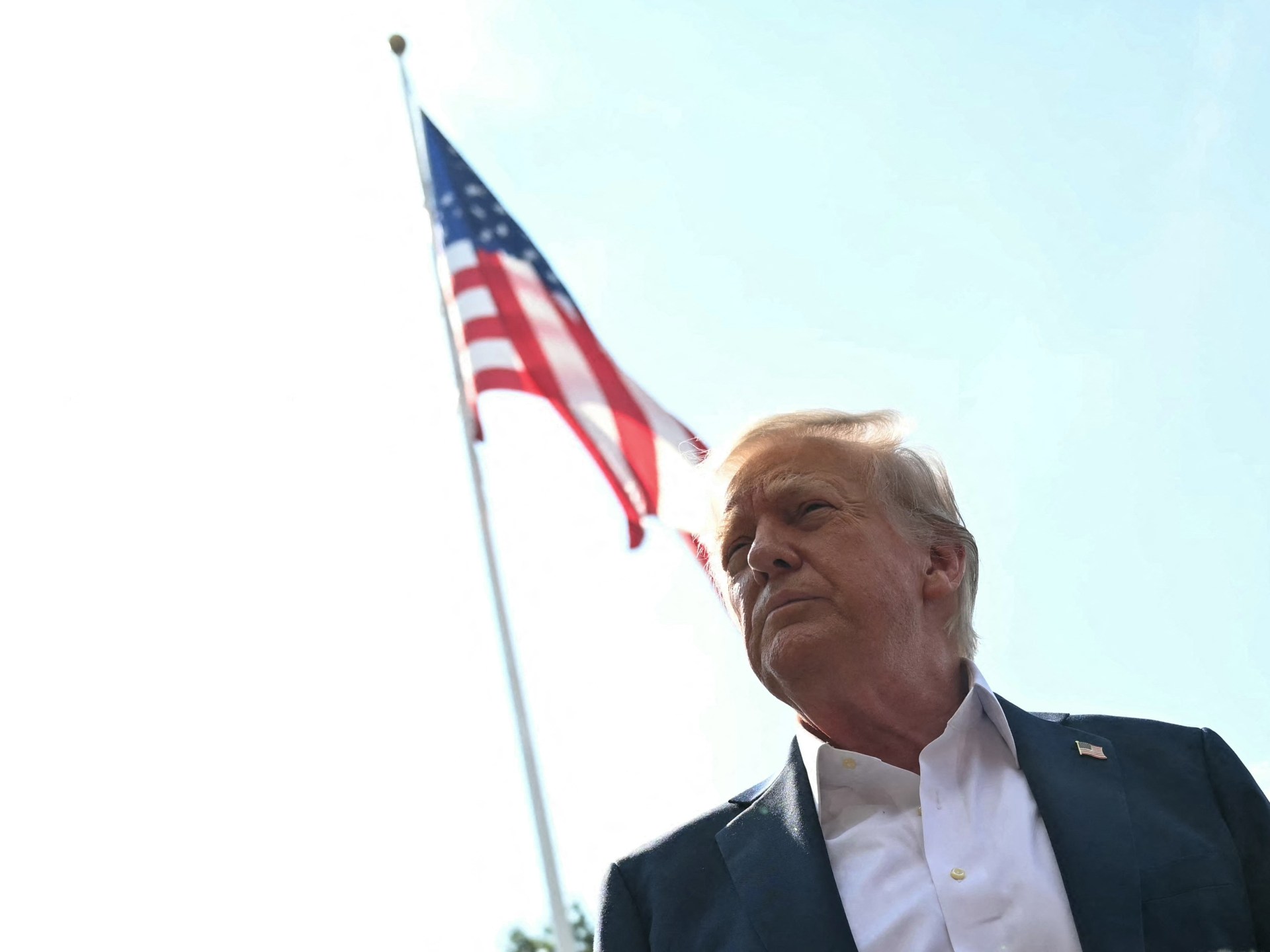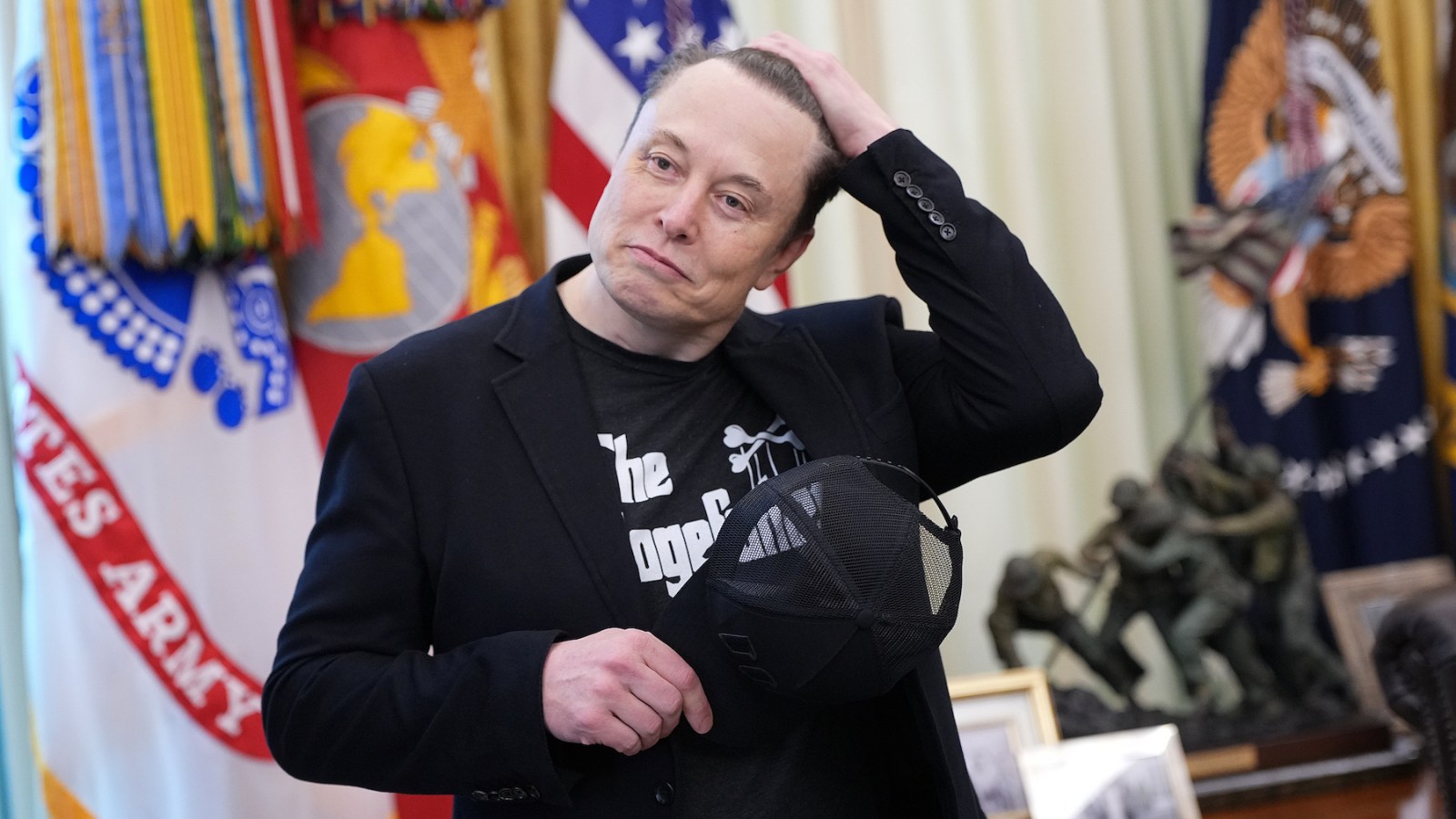EU’s von der Leyen says bloc will safeguard its interests, ‘including the adoption of proportionate countermeasures’.
United States President Donald Trump has imposed a 30-percent tariff on imports from Mexico and the European Union starting on August 1, weeks after negotiations with the major trading partners failed to reach a more comprehensive trade deal.
Trump announced the new tariffs on two of the US’s biggest trade partners in separate letters posted to his Truth Social platform on Saturday. He said they were due to what he called Mexico’s role in undocumented migration and illicit drugs flowing into the US and a trade imbalance with the EU, respectively.
Earlier this week, Trump issued new tariff announcements for more than 20 countries, including Japan, South Korea, Canada and Brazil, as well as a 50-percent tariff on copper.
The duties are higher than the 25-percent levy Trump imposed on Mexican goods earlier this year – although products entering the US under the US-Mexico-Canada Agreement are exempted.
The EU tariff is also markedly steeper than the 20-percent tax Trump unveiled in April.
In response, European Commission President Ursula von der Leyen said the EU is prepared to take the necessary steps to safeguard its interests, “including the adoption of proportionate countermeasures if required.”
Von der Leyen said in a statement that the bloc remained ready “to continue working towards an agreement by August 1”.
French President Emmanuel Macron called on the EU to “resolutely defend European interests”, saying it should “step up the preparation of credible countermeasures by mobilising all instruments at its disposal, including anti-coercion” if the two sides failed to reach an agreement.
The EU’s Anti-Coercion Instrument allows the bloc to retaliate against third countries that put economic pressure on EU members to change their policies, its measures including limitations on access to public procurement tenders.
Three other EU officials told the Reuters news agency that Trump’s tariff threat is a negotiating tactic.
EU states, alongside dozens of other economies, had been set to see their US tariff level increase from a baseline of 10 percent on Wednesday, but Trump pushed back the deadline to August 1 just days before the elevated rates were due to take effect.
The 27-country bloc is under conflicting pressures as powerhouse Germany urged a quick deal to safeguard its industry, while other EU members, such as France, have said EU negotiators should not cave into a one-sided deal that only benefits the US.
Canada earlier received a similar letter setting out 35-percent tariffs on its goods.
Trump has also threatened to impose a 50-percent tariff on goods made in Brazil, in retaliation for what he called the “witch-hunt” trial against his far-right ally former President Jair Bolsonaro, who is facing prosecution over his alleged role in a plot to overturn the country’s 2022 election.
Trump’s cascade of tariff orders since returning to the White House in January has begun generating tens of billions of dollars a month in new revenue for the US government. US customs duties revenue shot past $100bn in the federal fiscal year to June, according to US Treasury data on Friday.
But the global economy and markets have been on a rollercoaster that seems set to continue for the foreseeable future.
Critics have also warned that the levies could transfer costs to US consumers and fuel economic uncertainty and inflation.


